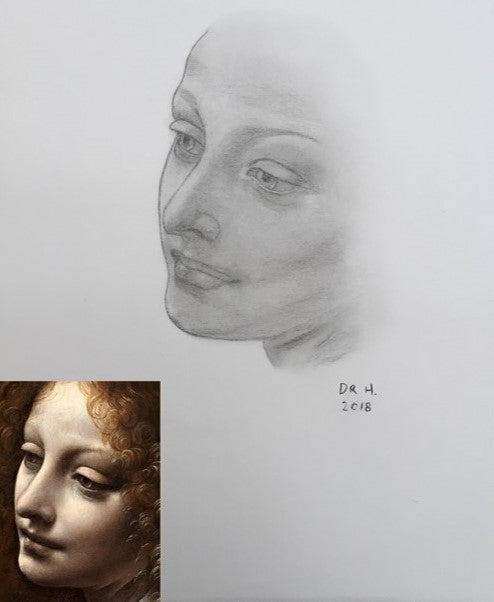
What is beauty?
I regularly give talks at aesthetics industry conferences and I would like to share the most recent one with you. It was in Monte Carlo at the Monte Carlo Aesthetics (MCA) conference and it introduced my artistic approach to aesthetic medicine, which I’ve termed Aesthetic Portrait Art.
To give you an insight into my position in the world of aesthetics, here is a summary of this talk, where my first question to the assembled audience was:
What is beauty?
I went on:
Yes, we instantly recognise beauty. But we struggle to define it. The scientific tenets of beauty are based on objective physical measurements and proportions; they explain outer, physical attractiveness. However, true beauty is also defined in subjective terms of inner attractiveness, relating to personality, intelligence and charisma.
Yet the world of aesthetics, and its overemphasis on outer beauty, frequently fails to see the inner beauty of each and every patient.
The result is what I term the ‘intellectualisation’ of Aesthetic Medicine with its overreliance on measurements and formulations. It has led to ‘one-fits-all’ treatments and a new ‘morphotype’, the ‘pillow face’ has emerged, which is the result of exaggerated treatments. This has set a new standard for beauty which looks odd and preys on the impressionable and vulnerable such as the young and people with Body Dysmorphic Disorder (BDD).
And the problem is not restricted to clients, but practitioners too. A survey I conducted last year found the prevalence of BDD amongst practitioners to be higher than that in aesthetic clients (16% versus 15%). This is a worrying trend because clients look to their practitioners for guidance and care.
The solution? A new approach: Aesthetic Portrait Art (or APA)
This is a non-formulaic, artistic approach to nonsurgical facial rejuvenation, and one that recaptures inner beauty, or what I call ‘emotional beauty’ by restoring a relaxed, fresh and most importantly, natural look. It is based on understanding how the different areas of the face are interrelated and how they work together to create the whole.
It’s a skill that can be developed through portrait drawing and I urge all practitioners to learn how to draw. Portrait drawing forces a deeper, more emotional level of looking at faces that is invaluable when it comes to assessing and treating clients.
